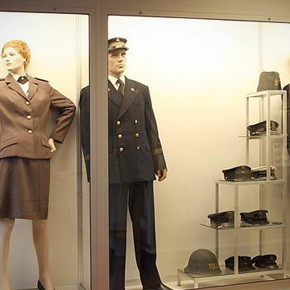
Norwegian Customs Museum
Free: All time At the Norwegian Customs Museum, visitors can find original uniforms and items dating back more than 350 years. Models and documents about Norwegian Customs and the history of import and export to and from Norway are covered in the main exhibitions. But if you’re interested in smuggling history, there’s also a more...
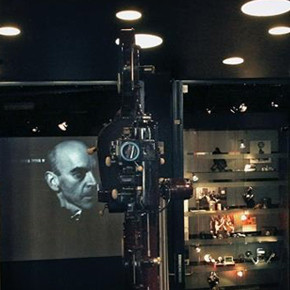
Film Museum
Free: All time Visit the Film Museum and experience the technological development in Norwegian film-making. Through informative and fun samples and original instruments, you may see and listen to the history of cinema. Optical toys and interactive stations. Viewing of archive films and new Norwegian short films. Separate exhibitions in Galleriet and Cinemateket. The Film...
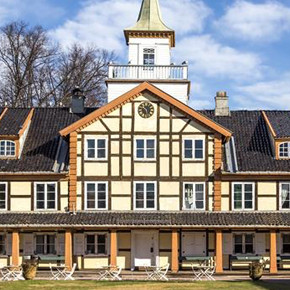
Oslo City Museum
Free: All time Oslo City Museum in Frogner Park presents Oslo’s history with models, paintings, and photographs. Next to the museum is Frogner Manor, which contains magnificent halls and interiors from about 1750-1900. Guided tours are available in Norwegian at 11pm and 2pm on all open days in summer (1 July – 15 August) and...
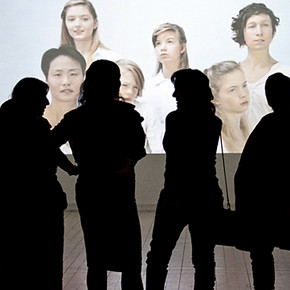
Intercultural Museum
Free: All time Intercultural Museum in Grønland explores Norway’s immigration history and cultural changes in Norwegian society. Free guided tours in Norwegian on Saturdays and Sundays at 12pm and at 2pm. Gallery IKM shows a variety of art and traditions. Intercultural Museum is part of Oslo Museum, which also includes Oslo City Museum and the...
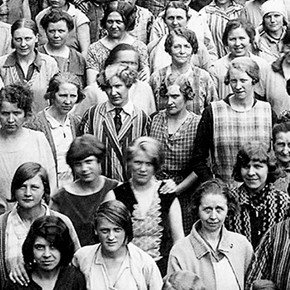
Labour Museum
Free: All time The Labour Museum is located in the heart of Oslo’s labour history, with well-kept workers’ dwellings, winding streets and old factory building. Here you find schools, public pools and factories which also become an integral part of the museum experience. Guided tours in Norwegian of the museum and the surrounding area on...
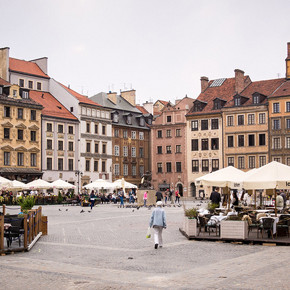
Old Town
Free: All time Warsaw’s Old Town is the oldest historic district of the city. This medieval old town, along with 85% of the entire city, was obliterated during the World War II. After the war, it was meticulously rebuilt to its original glory. The colourful Baroque and Gothic buildings were recreated using old blueprints and...
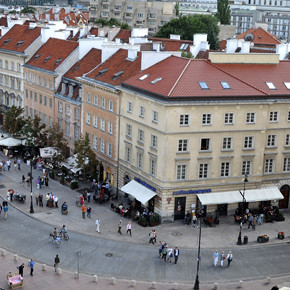
The Royal Route
Free: All time The Royal Route in Warsaw runs around 11 kilometers (7 miles) long. It was named so because it was once the route taken by the royal family from the Royal Castle in the Old Town to the palace complex in Wilanów. From the Old Town, the route leads you through a journey...
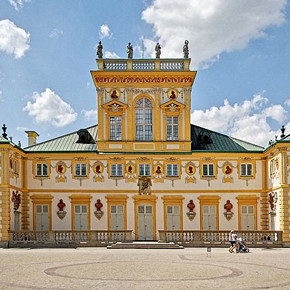
Wilanów Palace
Free: Thursdays (Limited passes) The Wilanów Palace was built in the 17th century for the Polish king John II Sobieski. It was later owned by different families. The first museum at the palace opened up in 1805 by the owner at the time. The current museum takes up a big portion of the interior –...
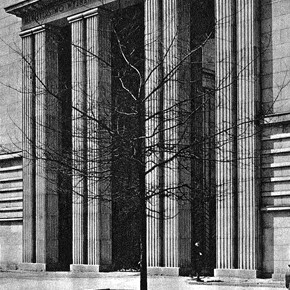
Gestapo Headquarters (Mausoleum of Struggle and Martyrdom)
Free: Thursdays The building of the Gestapo Headquarters was originally built as a centre of religious beliefs. When the Nazi came into power, it became the most feared establishment in Poland. This imposing building was were prisoners were held prior to interrogation. Tortures and killings were not uncommon tactics employed by the Nazis to break...
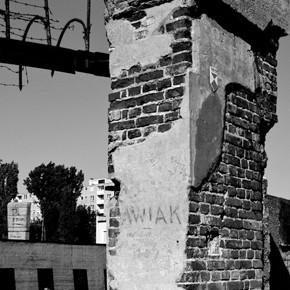
Pawiak Prison Museum
Free: Thursdays Pawiak Prison was built in the 1830’s as a Tsarist prison. During the WWII, the Gestapo took it over and it became the largest political prison in Poland. Some 100,000 prisoners passed through its gates and it’s estimated that over 37,000 were executed in the premise. In the prison’s cell designed to house...
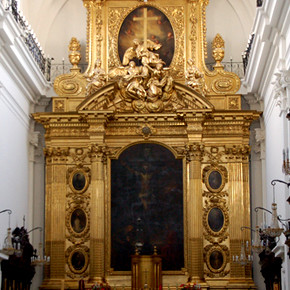
Holy Cross Church
Free: All time The Church of the Holy Cross in Warsaw is a Roman Catholic house of worship located opposite the main Warsaw University campus. It is one of the most notable Baroque churches in Poland’s capital. No Chopin’s fans can leave Warsaw without first visiting the final resting place of his heart. Fryderyk Chopin’s...
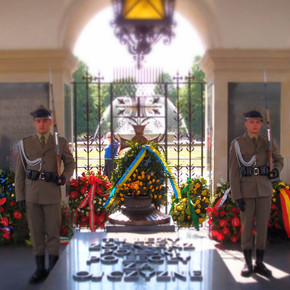
Tomb of the Unknown Soldier
Free: All time Located in Pilsudski Square, the Tomb of the Unknown Soldier is dedicated to the bravery of Polish soldiers during the First World War. It was erected in 1925 under a fragment of the portico, a single remaining feature of the old Saxon Palace. In the 18th century, sumptuous French style gardens were...



